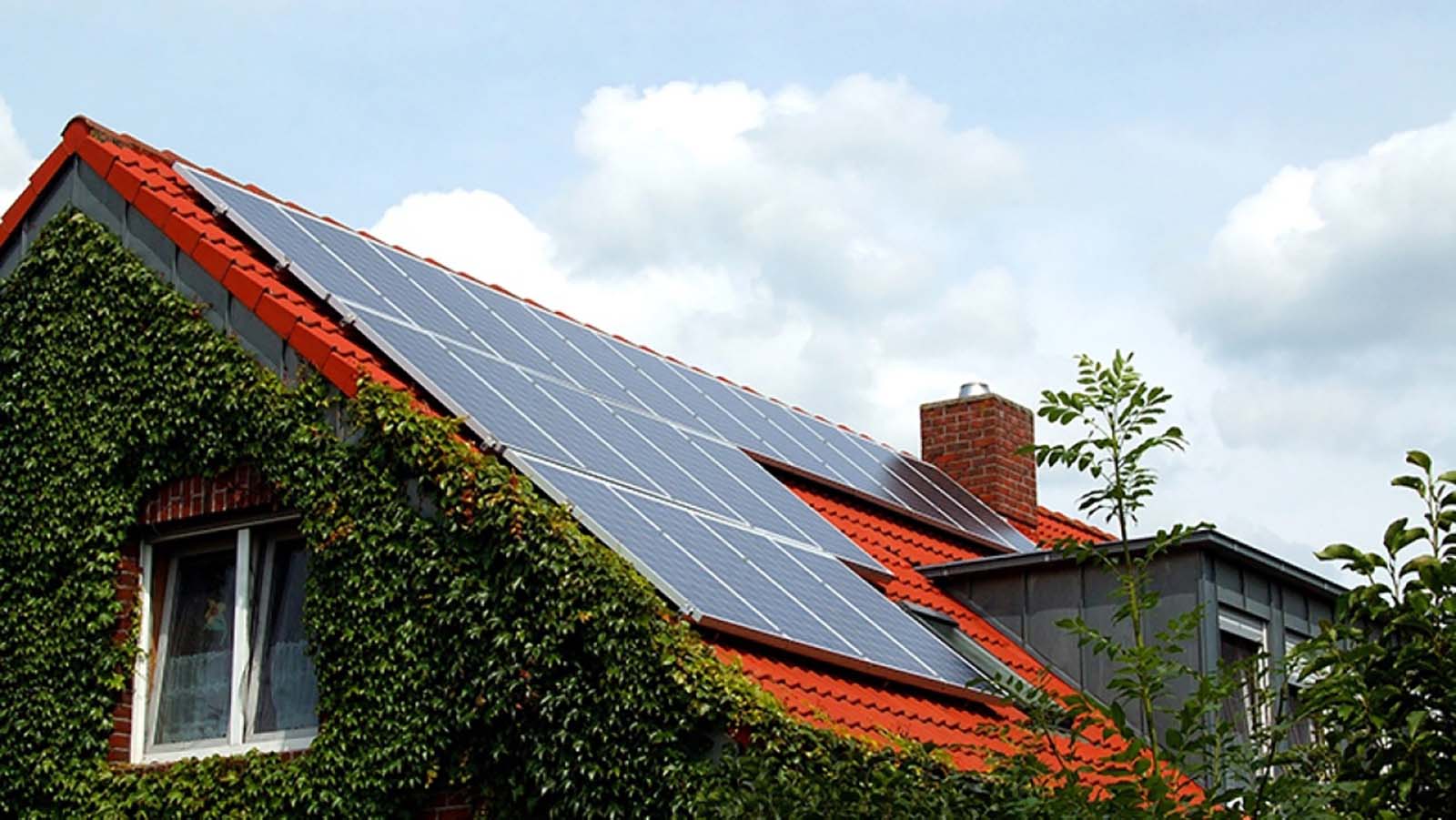The costs of battery storage

Battery storage is becoming an increasingly popular solution for storing and utilizing energy from renewable sources, such as solar and wind power. It offers a range of benefits, including providing a reliable and stable power supply, reducing reliance on the grid, and minimizing electricity costs. However, one of the key considerations when it comes to battery storage is the associated costs. In this article, we will explore the various costs of battery storage and how they can impact the overall economics of using this technology.
Initial investment
One of the primary costs of battery storage is the initial investment required to purchase and install the system. This includes the cost of the batteries themselves, as well as the necessary hardware, such as inverters and control systems. The overall cost will depend on the size and capacity of the battery system, with larger systems typically commanding a higher price tag. Additionally, the complexity of the installation and any necessary upgrades to existing electrical systems can also contribute to the overall initial investment.

Operating and maintenance costs
In addition to the initial investment, battery storage systems also incur operating and maintenance costs. This includes the cost of regular maintenance and upkeep to ensure that the system remains in optimal operating condition. This can include tasks such as monitoring battery performance, replacing worn-out components, and conducting regular inspections to identify and address any issues before they escalate. It’s important to factor in these ongoing costs when evaluating the overall economics of battery storage.
Lifecycle costs
When assessing the costs of battery storage, it’s important to take into account the overall lifecycle costs of the system. This includes not only the initial investment and operating costs but also the potential for future replacement or upgrades. While battery technology is continually evolving, and costs are coming down, it’s important to consider the potential need to replace or upgrade the system in the future to take advantage of improved technology and performance.
Energy savings and revenue generation
While there are costs associated with battery storage, it also offers the potential for energy savings and revenue generation. By storing energy during off-peak periods when electricity costs are lower and using it during peak times when prices are higher, battery storage can help to reduce overall electricity costs. Additionally, some jurisdictions offer incentives or programs that allow battery storage system owners to earn revenue by participating in grid services, such as demand response or frequency regulation.
Overall, the costs of battery storage can vary depending on a range of factors, including the size and capacity of the system, the complexity of the installation, and ongoing operating and maintenance costs. While there are upfront costs to consider, it’s important to also factor in the potential for energy savings and revenue generation when evaluating the overall economics of battery storage. As technology continues to evolve and costs continue to come down, battery storage is becoming an increasingly attractive option for homeowners, businesses, and utilities looking to optimize their energy use and reduce their reliance on the grid.

